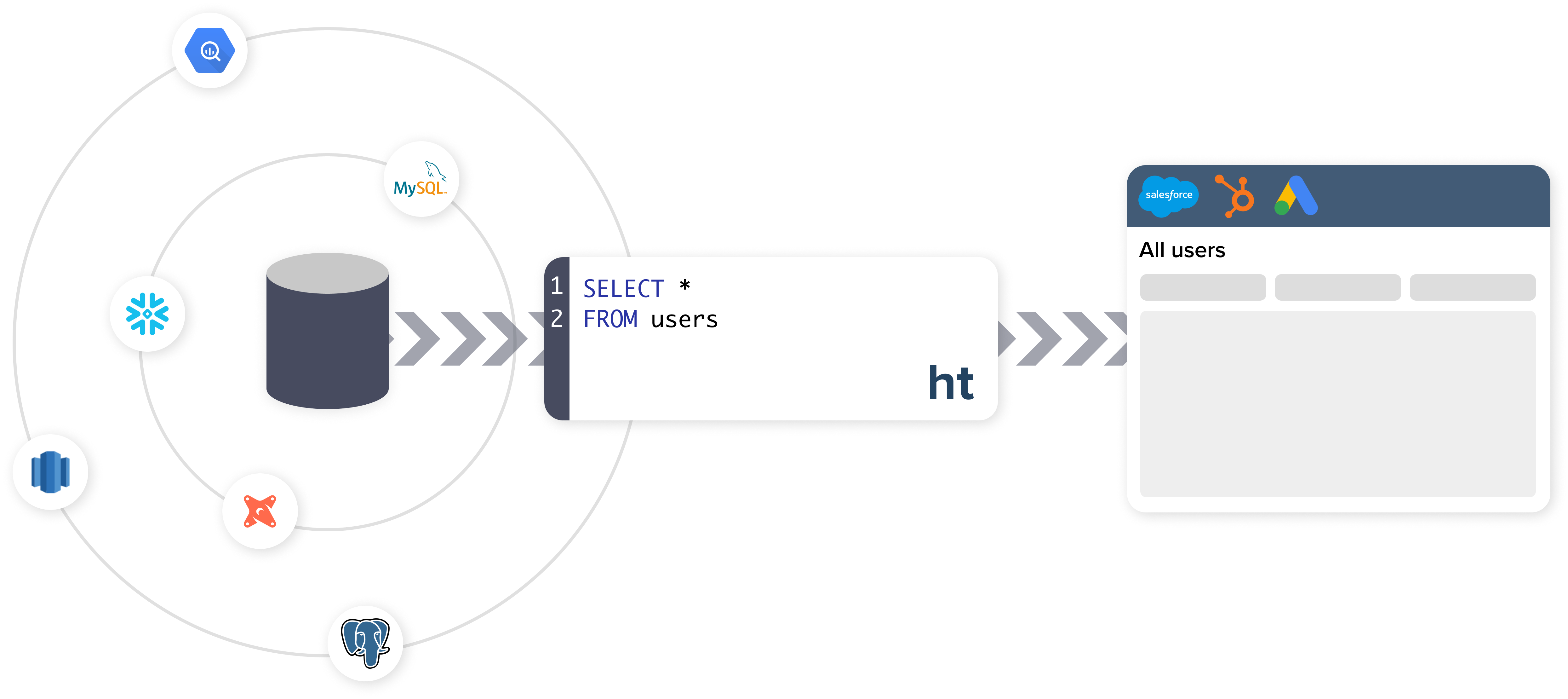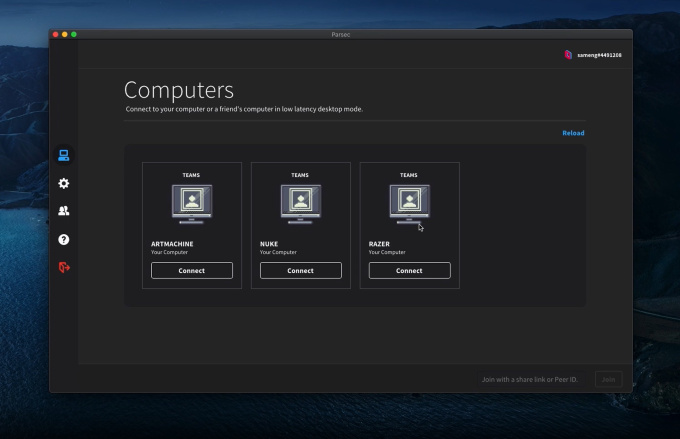Zoomin raises $21M for a platform to make fragmented product content troves easier to use
Technical manuals and other product content may not be the first things that come to mind when you are thinking of software. But if you’ve ever found yourself in a pickle or just need some help getting something to work correctly, you know how vital they can be, and also how frustrating it can be if you cannot find what you are looking for.
Today, a startup called Zoomin, which has built a platform that uses AI to help companies get their technical documentation in order, and natural language to help better understand what answers people are looking for, so that those content troves can be used better and across more environments, is announcing that it has raised $21 million, and picked up a strategic investor, as it comes out of stealth.
“We are focused on product content assets — manuals, guides, and so on — the most boring assets at every company,” Gal Oron, the CEO and co-founder, joked. “To us, it’s all gold because this is actually the information customers are looking for.”
Bessemer Venture Partners, strategic backer Salesforce Ventures and Viola Growth are leading the funding, which actually came in two parts while Zoomin — founded in Israel but now with operations and its CEO also in New York — was still under the radar.
“We have done no PR for the last four years,” said Gal Oron, who co-founded the company with Joe Gelb and Hannan Saltzman. “It’s because we’ve been very busy developing product and signing our first customers. Now, after having dozens of very big customers and nice traction, we felt like this was the time to go.”
The startup now counts Imperva, Dell, Automation Anywhere and McAfee among its customers, with the companies using the Zoomin platform to better organise their content into something that can be used by both customer service agents helping people with issues, and by customers themselves if they opt to try the DIY option, wherever they might be seeing information: be it on a website, in a customer forum, over email or chat, or in a piece of software or an app itself.
The challenge that Zoomin is going after goes a little something like this: technical content is a boring yet necessary component for using software and hardware, especially when a user comes up against any kind of hitch.
The issue is that a lot of it has been written in fits and spurts, and often in a way that might not be easy for the average user to access or understand, with no easy and quick way of drilling into the content to find what you are specifically looking for. And a lot of it exists in disparate places and these days, the entry points for where a user might be looking for that information might also be as fragmented as the places where the content lives.
“Dell has no way of controlling where you might engage with a product,” Oron explained. It might be on Dell’s site, in its software, on a forum, on social media, and so on.
Zoomin aims to provide what Oron describes as a personalised experience for users wherever they may be searching. By that, he means that Zoomin learns what a user is working with, and what that user typically searching for, in order to connect them more quickly with the right answers. In an app, this might take the form of a widget that appears for help. On a forum, it might more likely be by way of an agent who is participating, using Zoomin’s engine to find the right answers to respond to questions.
For Zoomin, this has so far applied primarily to the world of B2B customer service: its product is used to organise and “orchestrate” knowledge for its customers to in turn provide to business/enterprise customers. But Oron notes that it could be just as applicable, and may well see traction over time, with non-business consumers, too, since at the end of the day they are all consumers, he noted.
“We like to think of ourselves as consumerizing the experience,” he said. “We want to make it as easy as buying on Amazon or browsing Netflix.”
The wider area of “knowledge base management” or knowledge orchestration is often part of a larger customer service play, an unsurprisingly the companies that have products in a similar area include the likes of Zendesk and Hubspot. Other tech companies building solutions to help organise knowledge bases include companies like ProProfs, Helpjuice and Instrktiv.
Salesforce is an interesting strategic investor in that regard: it hasn’t build something like this itself in its community and service clouds, so Zoomin is a close partner to provide that option. (The startup also integrates with a number of other platforms like Oracle’s service cloud, Zendesk, Jira, SharePoint and more.)
“Salesforce Ventures supports bold ideas put forward by enterprise cloud companies, so we are thrilled to support Zoomin on their journey to improve how product content is experienced. We believe in the innovative team at Zoomin and their vision of increasing content accessibility,” added Alex Kayyal, partner and head of Salesforce Ventures International.
Investors are especially interested in the role that a company like Zoomin might be playing these days in particular: with customer service enquiries higher than ever before as more of us are working remotely, it puts a big strain on systems to triage and answer questions. This presents an opportunity.
“The era of digital transformation has clearly reached product content,” said Amit Karp, Partner at Bessemer Venture Partners in a statement. “As technical product content continues to grow exponentially, Zoomin allows enterprises to leverage this content as a strategic asset.”
Zoomin is not disclosing valuation at this stage.
![]()







